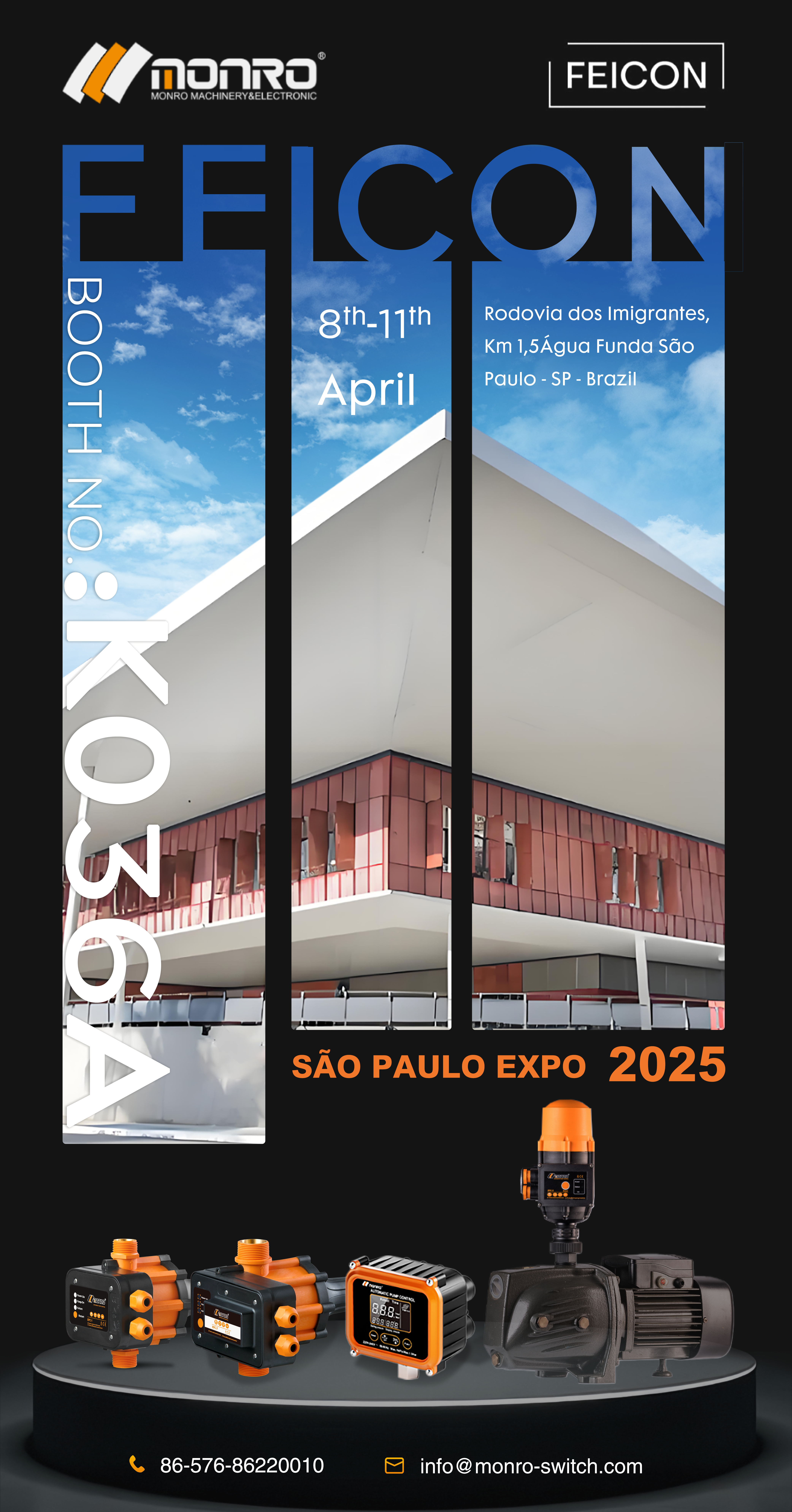Don't hesitate to send a message
Web Menu
Product Search
Exit Menu
Transducers used in conjunction with logic boards provide simple push button adjustment of high
A significant advancement has been achieved in medical gas alarms. Engineers and facilities now have a new option - master alarms which communicate with transducers. Why would a design engineer or a facility want to change to a transducer based master alarm? When you compare transducers and pressure switches, transducers inherently provide features and benefits not available in pressure switches:Transducers may be used in conjunction with logic boards to provide improved safety. Transducers operate within a normal milli-volt output range, it is easy for manufacturers to design additional safety features into their associated circuit and logic boards which can immediately trigger or display alarm conditions or alert warnings when a transducer is not operating within its normal milli-volt output range. In essence, the transducer is tested multiple times every second – not just periodically or once a year. This is the epitome of a supervised circuit.
Transducers provide additional important information – the current pressure of the gas being monitored – facilities will be able to see the source gas pressures on their master alarm panel by simply touching the display.Transducers provide higher repeatability.Transducers in many cases cost less.Transducers used in conjunction with logic boards provide simple push button adjustment of high/low alarm set-points.Why ‘out with the old’? The common pressure switches required in medical gas piped systems are used to monitor high and low line pressure. Every facility has a set of these switches for each source gas. These switches are; not very accurate (typically 5 – 10% of full scale), not repeatable (also typically 5 – 10% of full scale), they are difficult to adjust and they do not provide the pressure of the gas being monitored.
Pressure switches are only required to be tested “periodically” per NFPA 99 which translates to once a year in many facilities. Typically these switches share a common mechanical spring and poppet assembly which when it fails results in the loss of two required NFPA 99 signals, but typically no alarm condition is created when this mechanical mechanism fails. The only way to know if a pressure switch is good or bad is to test it, which may only be done once a year – so a facility could have a pressure switch which provides a Normal signal for a year or more, but the switch could actually be faulty. Circuit boards which interact with transducers may be mixed in the same master alarm panel with traditional circuit boards which interact with dry contact pressure switches providing a smooth transition from the ‘old school’ pressure switch technology to the ‘new school’ transducer technology. The time has come to ‘ditch the switch’!
https://www.monroswitch.com/
-
 EPC-1
EPC-1Monro EPC-1 model pump controller is the classic and basic type, was loved by user in the global mar...
-
 EPC-3
EPC-3Monro EPC-3 spain design auto on and off press control, an intelligent and economical system designe...
-
 EPC-5
EPC-5Monro EPC-5 model automatic pump control, a device which assembled on the water pump (recommended si...
-
 EPC-9
EPC-9Monro EPC-9 model pressure controller, is a big power device for automatic control and protection of...
-
 EPC-12
EPC-12Monro EPC-12 smart top-level automatic pump control is a multi-function model combined with traditio...
-
 EPC-14
EPC-14Monro EPC-14 model pressure control is a big power device for automatic control and protection of el...
-
 EPC-15
EPC-15Monro EPC-15 model automatic pump control, a device which assembled on the water pump (recommended s...
-
 EPC-16
EPC-16EPC-16 is the new patent pump controller by Monro. Its key highlight is tooless (manual knob) start...
find our office
Committed to providing professional pressure control solutions for various types of water pumps and air compressors.

 简体中文
简体中文 English
English Español
Español


